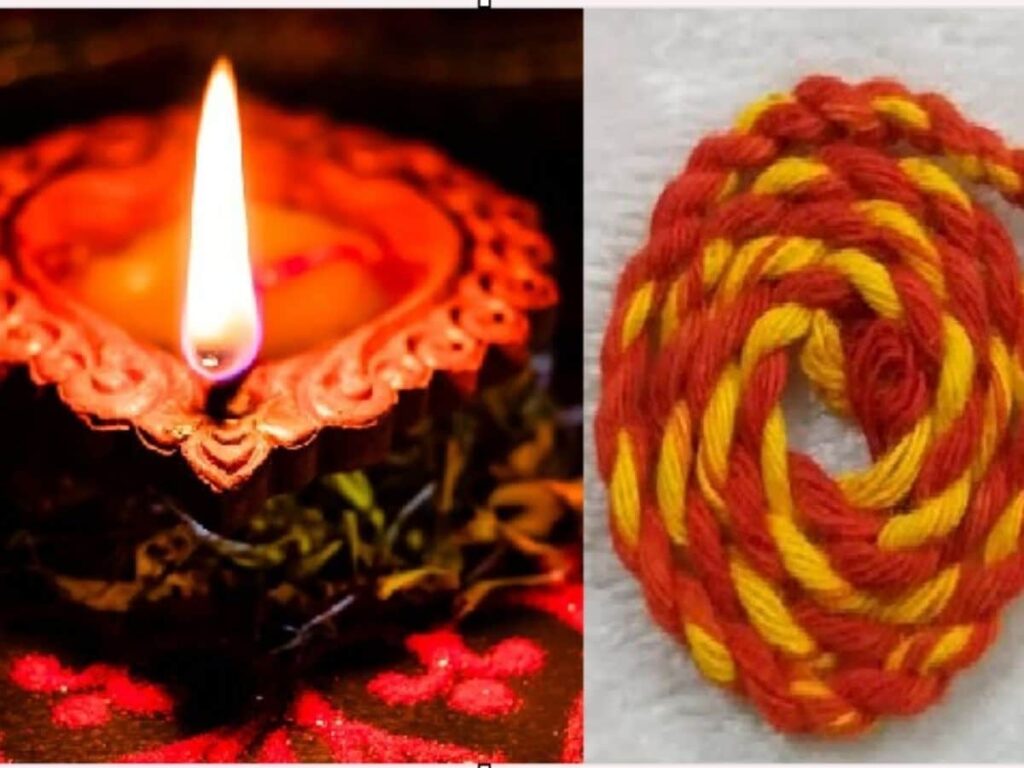Akhanda Jyoti, also known as the perpetual flame, holds significant spiritual and religious importance in various cultures, especially in Hinduism. It symbolizes divine energy and serves as a light against darkness, representing purity and steadfastness in faith. This article aims to provide a comprehensive understanding of the rules and methods involved in making and maintaining an Akhanda Jyoti.
Understanding Akhanda Jyoti
Akhanda Jyoti is typically made for worship and meditation purposes, often placed in temples or homes during religious ceremonies. The lighting of the flame symbolizes devotion and the continuous presence of the divine. Here are some essential aspects to consider before making an Akhanda Jyoti.
Materials Required
| Material | Purpose |
|---|---|
| Wick (Bati) | Used to ignite the oil or ghee for the flame |
| Ghee or Oil | Fuel for the flame; Ghee is often preferred for its purity |
| Container | To hold the ghee or oil and wick |
| Matchsticks or Lighter | To light the flame |
Steps to Create an Akhanda Jyoti
Step 1: Choosing the Right Container
Select a clean, non-reactive container for your Akhanda Jyoti. Traditional choices include brass, copper, or clay pots, as these materials are believed to enhance the energy of the flame.
Step 2: Preparing the Wick
Using cotton or any natural fiber, create a long wick. Ensure that it is braided tightly to allow for even burning and to enhance the overall stability of the flame. The length of the wick should be sufficient to rise above the oil or ghee level in the container.
Step 3: Adding Ghee or Oil
Fill the container with pure ghee or oil, leaving some space for the wick. Ghee is often preferred as it is considered to be more auspicious and holy. Ensure that the wick is soaked entirely in the ghee or oil before lighting it.
Step 4: Lighting the Jyoti
Using matchsticks or a lighter, ignite the wick carefully. It is advisable to light the Akhanda Jyoti during auspicious timings, such as during festivals or prayer times, to maximize the spiritual benefits.
Step 5: Maintenance of Akhanda Jyoti
For an Akhanda Jyoti to remain lit continuously, ensure that there is adequate oil or ghee in the container. Regular maintenance includes trimming the wick to prevent excessive smoke and keeping the container clean to avoid any hindrances to the flame. It is essential to offer prayers and show reverence while maintaining the Jyoti.
Spiritual Significance of Akhanda Jyoti
The Akhanda Jyoti is not just a source of light but also plays a pivotal role in spiritual offerings. It is believed to attract positive energies and dispel negativity. The constant flame serves as a reminder to remain focused on spiritual goals and encourages mindfulness in daily practices.
Conclusion
Creating and maintaining an Akhanda Jyoti can significantly enhance one’s spiritual journey. By understanding the materials, preparation steps, and the importance of this eternal flame, you can bring an element of purity and devotion into your home or temple. Remember always to approach this practice with reverence and love, honoring the divine through the light of Akhanda Jyoti.
